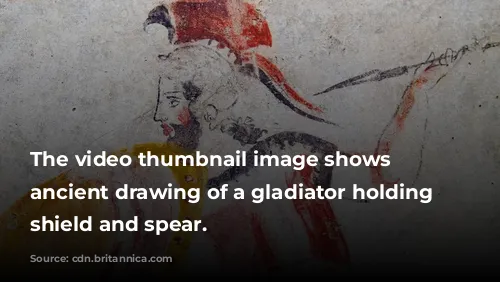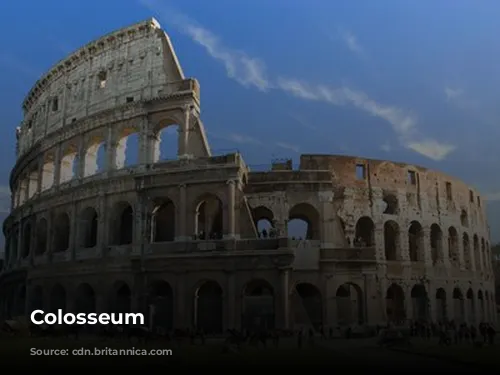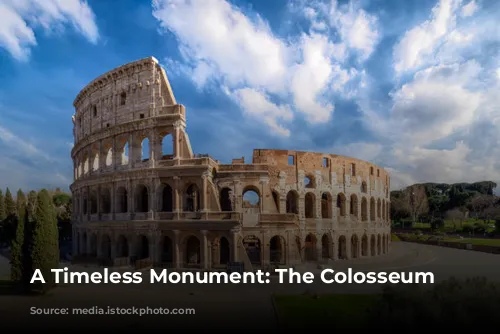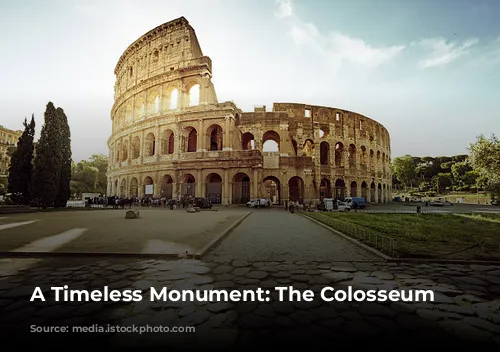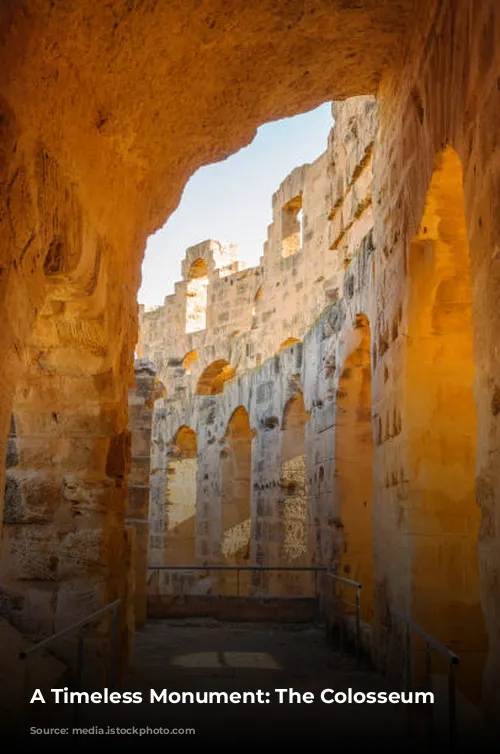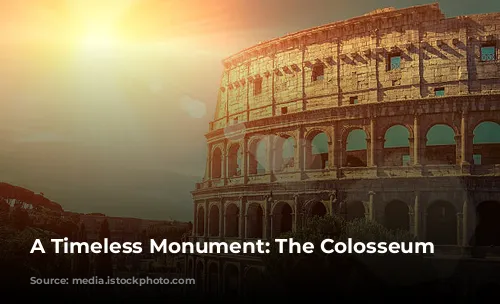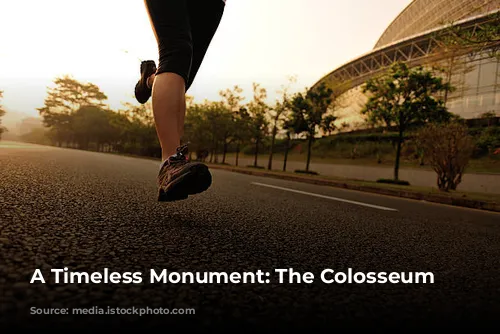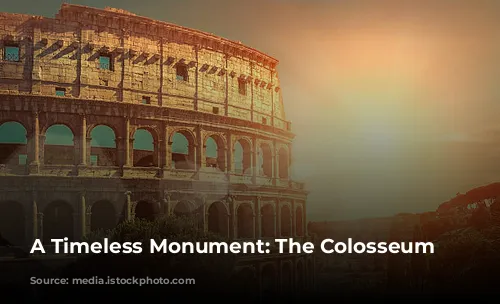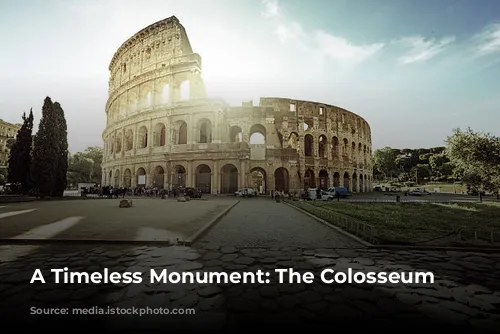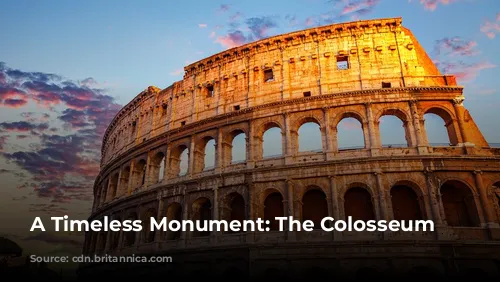The Colosseum, a magnificent remnant of the Roman Empire, stands as a testament to the architectural and engineering brilliance of ancient Rome. More than just a historical landmark, it is also a significant contributor to Italy’s tourism industry. In 2018, the Colosseum, Roman Forum, and Palatine Hill attracted a staggering number of tourists, generating over $63.3 million (€53.8 million) in revenue, making it the most lucrative tourist attraction in Italy.
This iconic structure has witnessed a long and turbulent history. After the fall of the Western Roman Empire, the Colosseum fell into a state of serious disrepair. During the 12th century, the Frangipane and Annibaldi families, powerful Roman families, turned the arena into their fortress. In the late 15th century, Pope Alexander VI granted permission for the Colosseum to be used as a quarry, stripping it of its precious materials. It took over a thousand years of neglect before state-funded restoration efforts began in the 1990s, marking a turning point in the Colosseum’s preservation.
The Colosseum: A Symbol of Imperial Power
The Colosseum’s construction was a grand project, undertaken by the Roman emperor Vespasian in the wake of the tumultuous year of the four emperors in 69 CE. Like other amphitheatres of the time, Vespasian intended the Colosseum to be a place of entertainment, hosting thrilling gladiatorial contests, captivating animal hunts, and even elaborate mock naval battles. The arena was a spectacle designed to captivate the Roman populace and consolidate the emperor’s power.
The Colosseum’s construction, started between 70 and 72 CE under Vespasian’s reign, was a testament to Roman ambition. It was finally dedicated in 80 CE by Titus, Vespasian’s son and successor, during a grand celebration that lasted for 100 days. The fourth story was added by Emperor Domitian in 82 CE, completing the colossal structure. Remarkably, the Colosseum was financed with the spoils from Titus’s conquest of Jerusalem in 70 CE, and it was built by enslaved Jewish people from Judea.
A Colossal Structure of Engineering Marvels
The Colosseum, also known as the Flavian Amphitheatre, is an awe-inspiring elliptical structure built from stone, concrete, and tuff. Standing four stories tall at its highest point, the Colosseum is an immense structure, measuring 620 by 513 feet (189 by 156 meters). It was designed to accommodate a massive crowd of up to 50,000 spectators, who eagerly gathered to witness the gladiatorial combats that made the Colosseum legendary.
The Colosseum’s construction was a feat of Roman engineering. Unlike earlier amphitheatres, which were often built into hillsides for support, the Colosseum was a freestanding structure. It utilized a complex system of barrel vaults and groin vaults, showcasing the innovative architectural skills of the Roman engineers. The exterior was adorned with engaged columns, following the Doric, Ionic, and Corinthian orders, establishing a precedent for later Renaissance architecture. The main structure was built with travertine, while volcanic tufa formed the secondary walls, and the inner bowl and arcade vaults were made of concrete.

A Stage for Spectacle and Controversy
The Colosseum was designed to protect spectators from the sun with a massive retractable velarium, a large awning. Hundreds of Roman sailors were responsible for manipulating the rigging that extended and retracted the velarium, supported by masts that extended from corbels built into the topmost story. The Colosseum was the stage for a multitude of spectacular events, including brutal gladiator fights, thrilling contests between humans and animals, and even elaborate mock naval battles. However, despite popular belief, it is uncertain whether the Colosseum was the site of the martyrdom of early Christians.
The Colosseum’s history extends beyond its role as an entertainment venue. During medieval times, it served as a church and later as a fortress for the influential Frangipane and Annibaldi families. Sadly, the Colosseum faced destruction from natural disasters such as lightning strikes and earthquakes, as well as from vandalism and pollution. Over a thousand years of neglect led to the loss of its marble seats and decorative materials, leaving the Colosseum in a state of ruin.
A Legacy of Restoration and Tourism
The preservation of the Colosseum began in earnest during the 19th century, with notable efforts initiated by Pope Pius VIII. In the 1990s, a major restoration project commenced, marking a turning point in the Colosseum’s preservation. Today, it stands as one of Rome’s most popular tourist attractions, welcoming millions of visitors each year. Regularly changing exhibitions that showcase the culture of ancient Rome enrich the visitor experience.
The Colosseum, an enduring symbol of Roman power and architectural prowess, continues to captivate visitors from across the globe. Its history echoes through the centuries, reminding us of the grandeur of the Roman Empire and the enduring legacy of human ingenuity. It stands as a testament to the enduring fascination with the past and the importance of preserving our cultural heritage for future generations.
